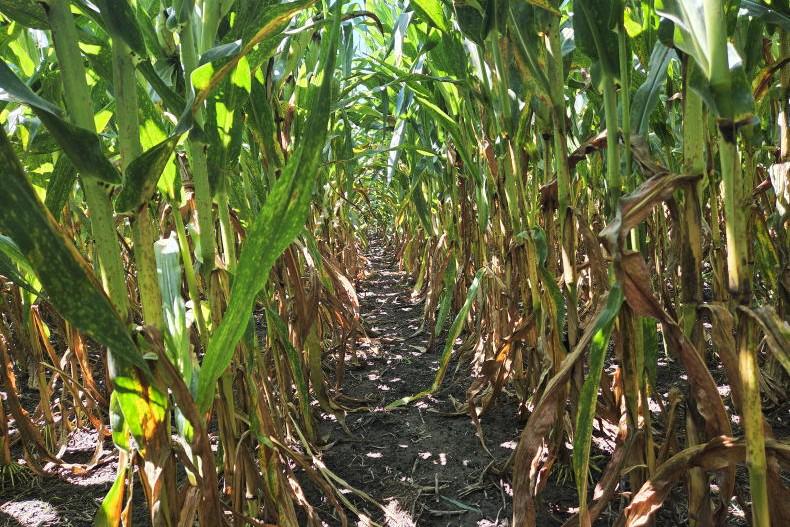After a decade of explosive growth in beef imports in China, from just a few thousand tonnes to 3.1m tonnes carcase weight equivalent (cwe) in 2022, the USDA is forecasting that there will be a 600,000t cwe decline in 2023 to 2.5m tonnes cwe. This is due to increased Chinese production, forecast to grow by a further 4% to 7.4m tonnes cwe in 2023, which is 600,000t cwe more than in 2021. In addition, domestic beef consumption is forecast to fall by 3% to 9.9m tonnes, which is still high compared with traditional consumption levels.
The USDA’s assessment is that China’s beef consumption decline is a reflection of difficult economic conditions and continued COVID-19 uncertainty. The fact is that the US dollar, the currency used in most international trading, has added cost to a product that was already at record values in 2022. Imported prices increased by over 37% in the first half of this year, according to the USDA, and importers are expected to offload stocks to reduce refrigeration and storage costs.
How the demand was met
Growth in China’s demand for imported beef over the past decade has been in parallel with the growth in the volume of Brazilian beef exports and a reduction of volumes exported to the EU. In the year 2000, Brazil exported 357,844t of beef, of which 184,389t, more than half, went to the EU. However, in 2020 the volume of exports increased to 2m tonnes, of which 868,869t went to China and a further 312,565t went to Hong Kong, with just 96,856t going to the EU.
Prior to the release of the USDA report, there had been growing concern in Brazil about its dependence on China as an export destination for beef. The suspension of trade by China last year between September and December following the discovery of a BSE case meant that Brazil’s upward trajectory of beef exports was stopped that year. By August this year, China was taking 130,881t of the 228,696t total exports, according to ABIEC. The release of the USDA report had negative consequences for JBS, Minerva and Marfrig, the top three Brazilian beef processors, as their share price fell between 3% and 5%.
Impact on suppliers
While Brazil accounted for 38% of China’s beef imports between January and July 2022, its South American neighbours are even more dependent on exports to China, with both Argentina and Uruguay sending over 70% of its beef exports to China. The US has been rapidly growing market share and it is also a major export destination for Australia and New Zealand. There are no direct consequences for Ireland, as our exports, which had been growing rapidly, have been suspended since May 2020 because of a BSE case.
China has been the engine of growth for the beef industry over the past decade and presented a ready-made outlet for the growing level of beef exports from Brazil in particular.
If the USDA forecast is correct, the loss of a market for 600,000t of beef, more than Ireland’s total production, will have an impact, particularly at a time of increased exports from the US and Australia as well.
Risk to Irish exports
The obvious alternative markets are the EU and UK. The US has a tariff-free quota that will grow to 35,000t which has never been filled. Talks at official level are ongoing between the EU and Mercosur countries on progressing the trade deal that would increase their volume of preferential tariff beef quota by 99,000t.
Then there is the UK, Ireland’s main beef export destination. Its trade deals with Australia and New Zealand will come into effect later this year or early 2023 and it would be an ideal alternative export market if there is less business to be done in China.
This is where the first impact on Irish exports is likely to be felt, because if Australian and New Zealand beef is looking for an export market, the UK is the obvious choice where it goes head-to-head with Ireland in the imported beef sector. Even if our closeness geographically will always be a major advantage, the option of alternative suppliers will at least squeeze prices.
Therefore, while slowing down of Chinese demand for beef has no direct impact on Ireland, there is still a huge risk of indirect consequences as other suppliers seek alternative markets in Europe.










SHARING OPTIONS